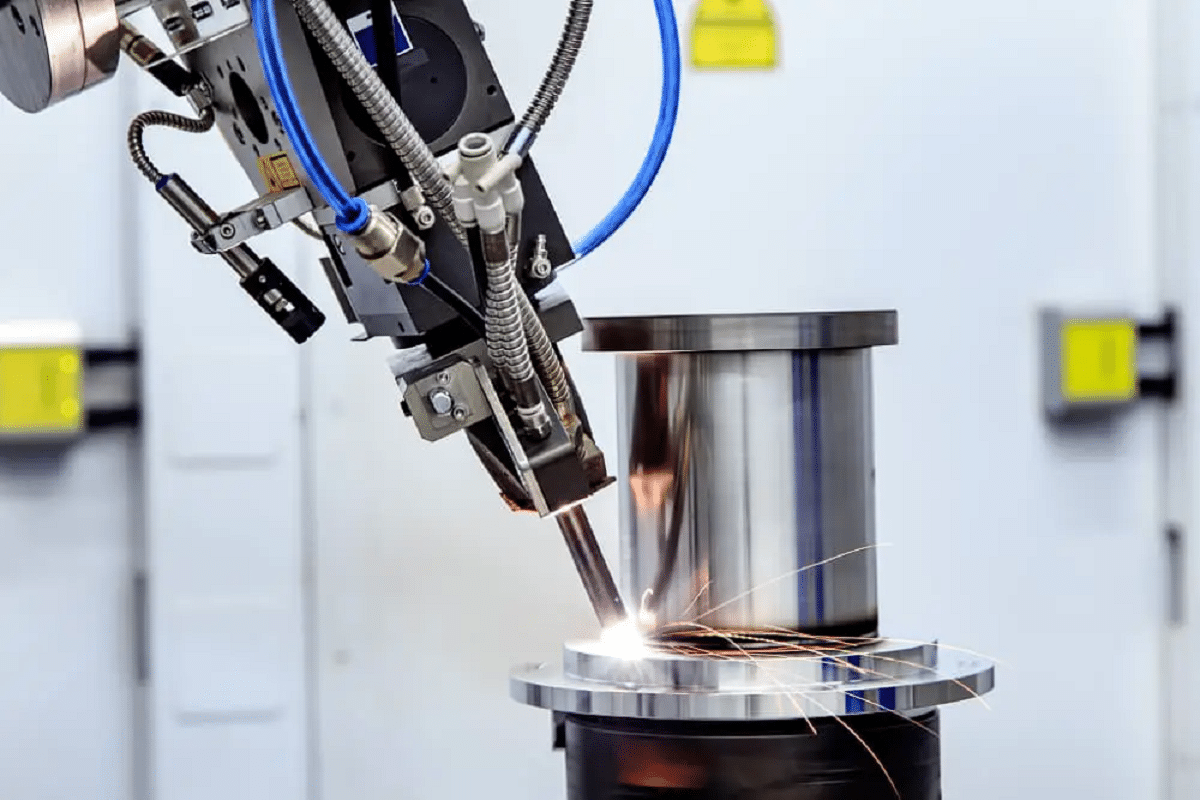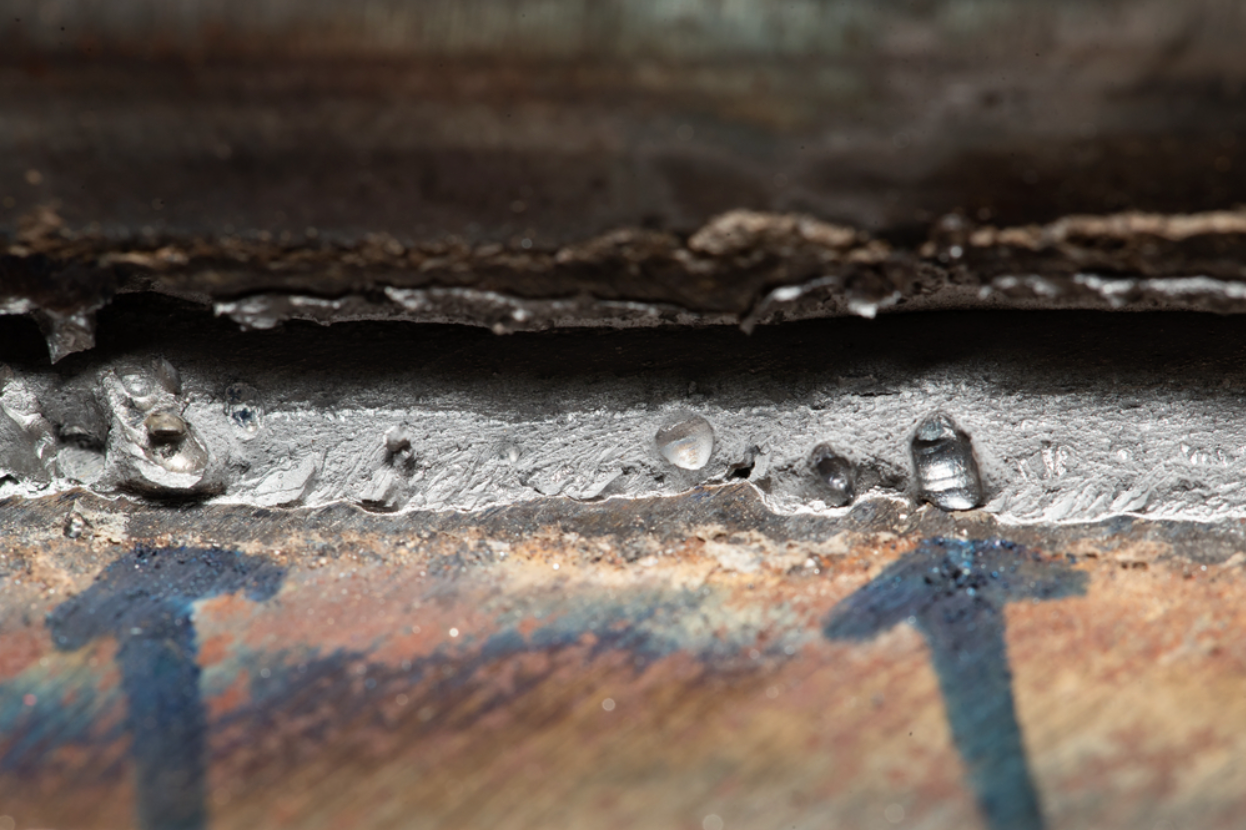Best Guide to Preventing Weld Undercut: Tips and Techniques
Best Guide to Preventing Weld Undercut: Tips and Techniques
Blog Article
Important Tips for Welders: Protecting Against Undercut Welding and Ensuring Stronger Weld Joints
In the world of welding, attaining sturdy and strong weld joints is the cornerstone of producing high-grade job. One common challenge that welders frequently come across is undercut welding, which can endanger the stability of the weld joint.

Comprehending Undercut Welding
Undercut welding is an usual welding problem that takes place when the weld metal falls short to properly fill up the groove and results in a groove-like anxiety along the weld grain. This defect deteriorates the weld joint, making it susceptible to splitting and failure under anxiety. Damaging can be caused by different variables, including extreme welding existing, high welding speed, incorrect electrode angle, inaccurate electrode dimension, and poor welding strategy.
One of the primary factors for undercut welding is an imbalance in between the welding existing and the welding speed. If the welding current is as well high or the welding rate is too quick, the weld metal might not properly load the groove, causing undercutting. Additionally, utilizing an electrode that is also large can lead to a similar end result, as the excess steel can not properly flow into the groove.
To avoid undercut welding, welders need to guarantee they are using the appropriate welding specifications, preserve an appropriate electrode angle, select the ideal electrode dimension, and technique proper welding techniques. By attending to these variables, welders can minimize the risk of undercutting and produce more powerful, extra dependable weld joints.
Appropriate Welding Method
Effective welding technique plays a vital function in making sure the quality and honesty of weld joints. One essential aspect of appropriate welding technique is keeping the right angle and distance in between the welding gun and the work surface.
Furthermore, a consistent and consistent hand motion is important for creating strong and durable weld joints. Welders need to go for smooth, consistent movements to make certain even circulation of the weld material. Correct control of the welding weapon and filler material is additionally essential to achieving optimum penetration and blend.
Additionally, controlling the warm input and selecting the ideal welding parameters based on the product being welded are important consider attaining top quality welds - Preventing weld undercut. Welders must follow the suggested setups supplied by welding treatment specifications and change them as required based upon the specific requirements of the job. By understanding correct welding techniques, welders can substantially boost the toughness and reliability of their weld joints
Selecting the Right Electrode
Keeping the proper angle and distance between the welding gun and the workpiece is essential when taking into consideration the importance of choosing the best electrode in welding applications. The choice of electrode plays a vital duty in identifying the high quality and toughness of the weld joint. Electrodes come in different kinds, each designed for certain functions and products.
To start with, selecting the suitable electrode size is vital. Thinner electrodes are ideal for welding thin products, while thicker electrodes are much better for thicker products and higher warm applications. Matching the electrode size to the density of the work surface aids attain a balanced weld.
Secondly, recognizing the material composition of the electrode is important. Different electrodes are designed for welding specific products like steel, stainless-steel, light weight aluminum, or cast iron. Making use of the proper electrode product makes certain excellent combination and decreases the threat of issues in the weld.
Last but not least, taking into consideration the welding setting and method is vital when picking the electrode kind. As an example, certain electrodes are better suited for upright click for info or overhanging welding settings, while others work well for level or straight settings. Selecting the ideal electrode based upon the welding strategy boosts the overall weld top quality and stability.
Preparing the Base Metal
To guarantee a successful welding process, what preliminary steps should be taken when preparing the base steel for welding? Correctly preparing the base steel is important for achieving solid and resilient weld joints. The initial step in preparing the base steel is to cleanse it thoroughly to eliminate any impurities such as corrosion, dirt, paint, or oil. This can be done utilizing a wire chemical, brush, or mill solvents. Additionally, any kind of existing weld material or deposit from previous welding should be gotten rid of to make sure a clean surface for the brand-new weld.

Carrying Out Post-Weld Assessments

After performing these evaluations, welders need to contrast the results against industry standards and project requirements to make sure that the weld joint satisfies all needed requirements. Any type of insufficiencies or inconsistencies uncovered throughout the post-weld examination needs to be without delay resolved via proper restorative procedures to ensure the weld's honesty. By faithfully executing post-weld assessments and without delay resolving any kind of concerns, welders can maintain the high quality and reliability of their job, ultimately adding to the safety and long life of the welded frameworks.
Verdict

In final thought, avoiding undercut welding and ensuring more powerful weld joints call for a mix of correct welding strategy, picking the best electrode, preparing the base metal appropriately, and carrying out post-weld inspections. By recognizing the reasons for undercut welding and executing the required safety measures, welders can generate top quality visit weld joints that why not try these out fulfill industry requirements and make certain the structural honesty of the bonded elements.
Undercut welding is an usual welding problem that takes place when the weld metal stops working to effectively fill the groove and results in a groove-like clinical depression along the weld bead (Preventing weld undercut). Damaging can be created by various aspects, including extreme welding current, high welding speed, improper electrode angle, inaccurate electrode size, and bad welding strategy
One of the main factors for undercut welding is an imbalance in between the welding existing and the welding speed. If the welding current is too high or the welding rate is also fast, the weld metal might not properly fill up the groove, leading to damaging.Maintaining the appropriate angle and range in between the welding weapon and the workpiece is fundamental when taking into consideration the importance of selecting the right electrode in welding applications.
Report this page